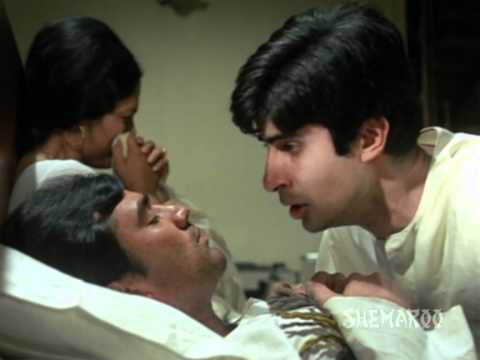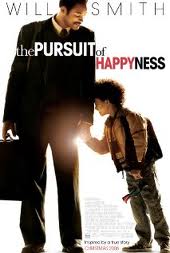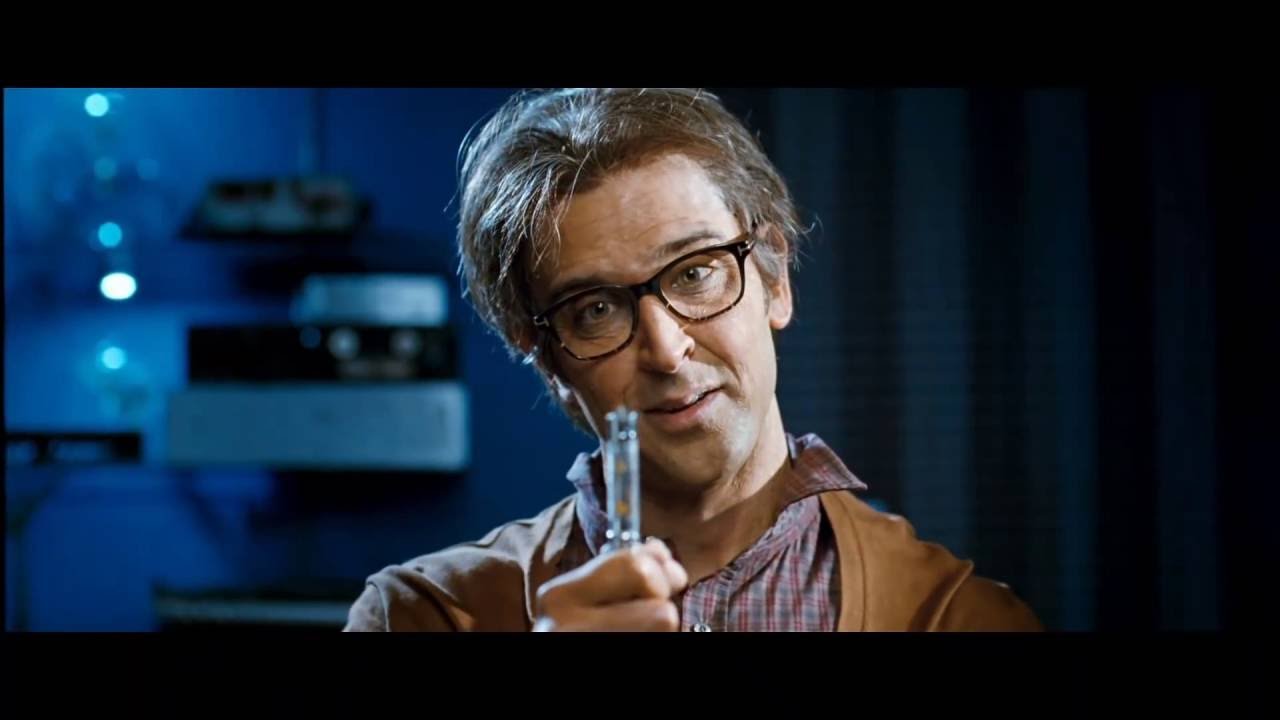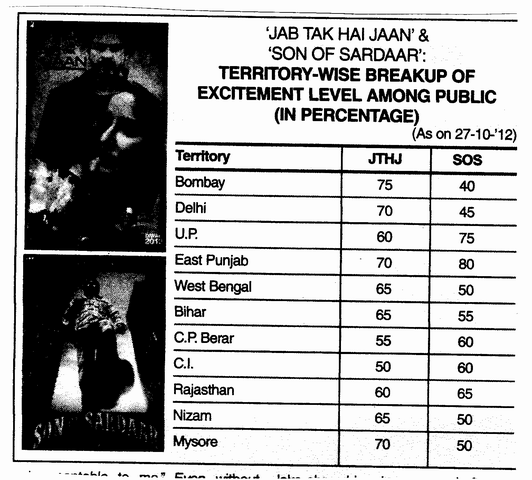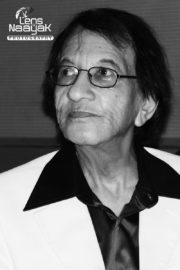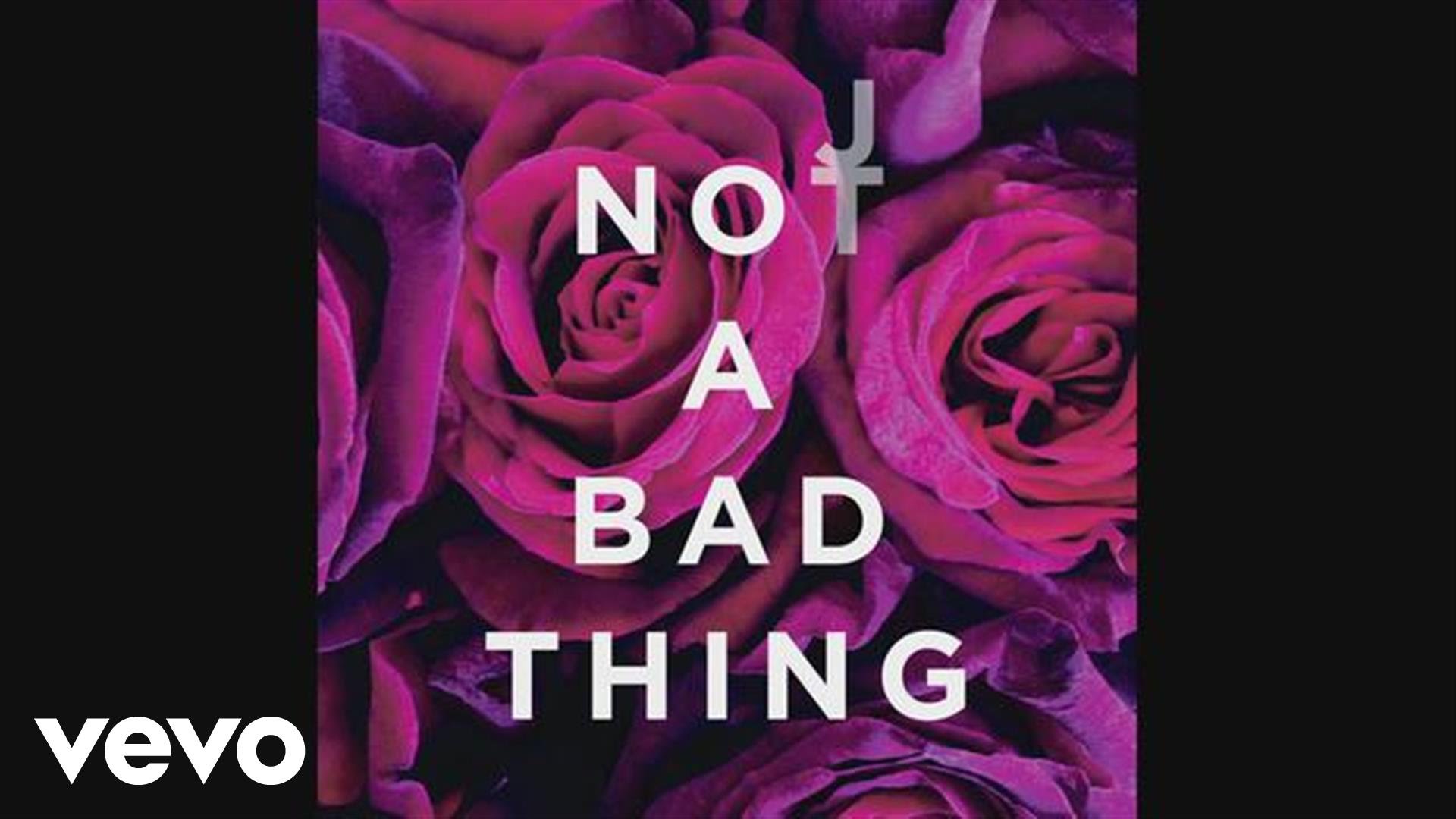What makes a movie cultish? For a lot of people, it’s about the thrill of discovery—because these films traditionally don’t do well in the box office, they end up hidden in unlikely places, like small art theaters, late-night television, or listed in Netflix’s more eccentric genres (e.g. “psycho-dramas with a strong female lead”, or “campy horror films set in outer space”). The “found” nature of a cult film makes the viewer feel that, in discovering it, he or she has unearthed a cinematic gem too fringe for the mainstream viewer to ever understand. This self-proclaimed separation from the movie-going masses adds the viewer by default to the film’s “cult,” or what is perceived to be the small group of people who are also cognizant of its splendor. Although it explains the appeal of cult film to individual viewers, this characterization of the movies themselves is problematic. The vast majority of these works are, in fact, part of a critically acclaimed cinematic canon—award-winning works include Pulp Fiction, Apocalypse Now, The Shawshank Redemption, and many others—that revolutionized American cinema and yet maintained an essentially “cult” flavor. Furthermore, a lot of film theorists claim that this “cinephile elitism” is impossible in the digital age, since any person basically has access to any film ever made, eliminating the exclusive nature of cult viewing. Thus, the essence of these movies is less about their actual obscurity, and more about the audience’s perception of that obscurity. The cult aspect transforms the audience members from voyeurs into active participants, a traditional show into an interactive spectacle.
The essential thematic thread that connects cult films is their departure from a traditional narrative structure. Office Space, a movie about the vengeance of disgruntled IT workers at a software company, is an iconic cult satire, in which the characters represent a sub-culture of disillusioned college grads in the 90s tech industry. This film and many others also feature unlikely heroes like Marge Henderson, the pregnant Police Chief with a heavy Minnesotan accent in Fargo, or Veronica, the girl who murders the bitchy popular crowd in the black comedy Heathers. Other movies like Tarantino’s Pulp Fiction re-invented filmic genre itself, in his case by using film noir aesthetics and a postmodernist plot structure to create a unique “neo-noir” style. There’s also the “so-bad-it’s-funny” camp, in which films like Glitterand The Room are enjoyed by cult audiences in irony and scorn. All of these characteristics make for a more intensive viewing experience, via either a connection to an anti-hero, an introduction to revolutionary cinematic style, or a unique humor.
The cult relationship itself is a strange thing, primarily marked by a theatrical obsession that transcends the usual film-viewer relationship. The most prevalent manifestation of cult worship lies in the audience members who not only know all the lines, but insist upon speaking in sync with actors during the movie and/or singing during musical numbers. Cult audiences also have a penchant for costuming—we’ve all heard of the Trekkies who attend comic book conventions decked out in full Spock regalia, not to mention the explosion of “Vote for Pedro” T-shirts, pins, lunch boxes, etc. in the wake of the Napoleon Dynamite craze.
One notable feature of cult movies and their fan-bases is their audience-centric mass viewings, as in my Rocky Horror experience. A few years ago, my high school friends and I drove up to Santa Monica for a midnight showing of the Rocky Horror Picture Show, a campy musical that parodies 50s horror flicks. (Cornell also does a showing at Risley every fall.) Going into it, we thought we were pretty hardcore—not only were we seeing the show at the NuArt Theatre (a famous art theatre in L.A., which we thought was edgy), but we had also memorized the lyrics to every musical number. I felt ready to join the Rocky Horror cult—all I needed was to meet the other members.
Upon arrival at the theater, the most noticeable (and terrifying) thing was not the enormous line of scantily clad fans, but the fact that they were being accosted by a pack of dominatrix-looking cast members armed with tubes of red lipstick. We attempted to sneak into the line, but alas, a tall muscular man in leather hot pants and a pink dog collar found us and asked, “Are you girls virgins?” My friends and I eyed each other, puzzled. He sighed and said, “What I mean is, have you been to a live production of the Show?” Unsure of the consequences, we lied; the man went on to paint large “V’s” in lipstick on unsuspecting “virgins” in front of us. Once we got inside, things only got more bizarre. A cast of performers dressed as the characters in the film performed exactly what was playing on the screen, and the movie was often paused so that they could do elaborate, even raunchy dance routines. The audience, too, was a part of the spectacle; people had dressed up as their favorite characters, brought rice to throw during the wedding scene, and sprayed squirt guns to simulate the weather in the film.
Rocky Horror, however, is just one of many films that inspire interactive screenings attended by dedicated cult fans. Another famous example is the Sound of Music Sing-Along at the Hollywood Bowl, where thousands of fans bust out their lederhosen and habits for the pre-show parade. Lebowski Fest, a cult gathering that takes place nationally, entails one night where participants view the Coen brothers classic The Big Lebowski, and another where everyone goes out bowling (a hobby of the film’s protagonist). These examples just skim the surface of an immense subculture of cult tradition and performance resembling more a kooky cabaret than a night at the movies.
Most people go to the movies to view the action from a safe distance, with the comfort that the reality on screen will not interfere with the reality outside the theater. The cult relationship, however, defies this traditional mode of viewing by reaching into the film with both hands. By re-creating the action off-screen, these viewers can mingle reality with fiction in crazy, entertaining ways. Unlike the average movie-goer, the cult viewer creates the film experience, just as much as the film crew did in shooting it.
Cult fans take the experience from one of a viewer to one of romance; they rally together to worship the untouchable, and transform their realities into the alternate ones presented on the silver screen. The movie that they’ve “found” is their lover, and they are movie-lovers in turn. It takes a special kind of person to be okay with such a one-sided relationship, but if you consider the pay-off—a group of fellow fans just as obsessed and ready to discuss, an identity, a way to live or dress or talk, something to keep you company—it might be a relationship worth trying.
Link : https://kitschmag.com/index.php?option=com_content&task=view&id=450&Itemid=31
Tags: Cult classic Pulp Fiction The Shawshank Redemption

